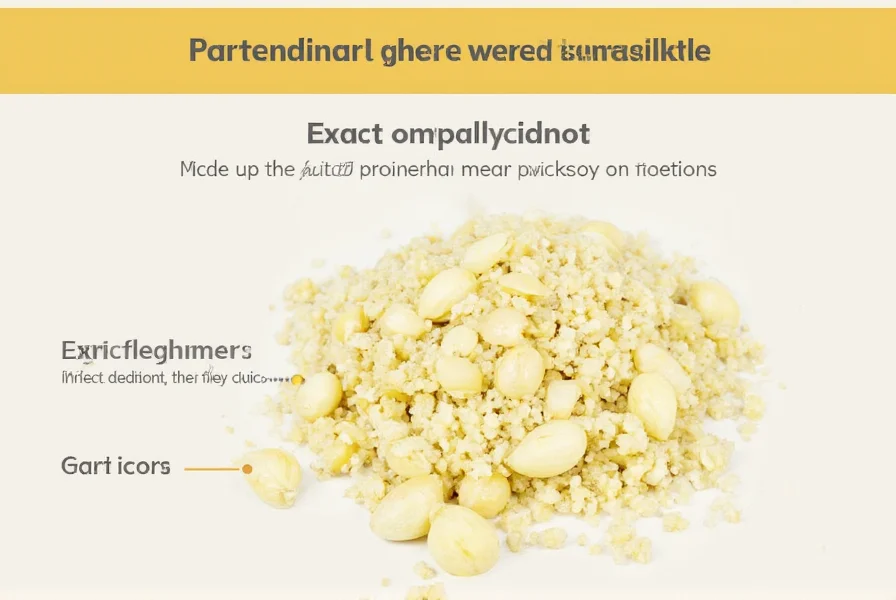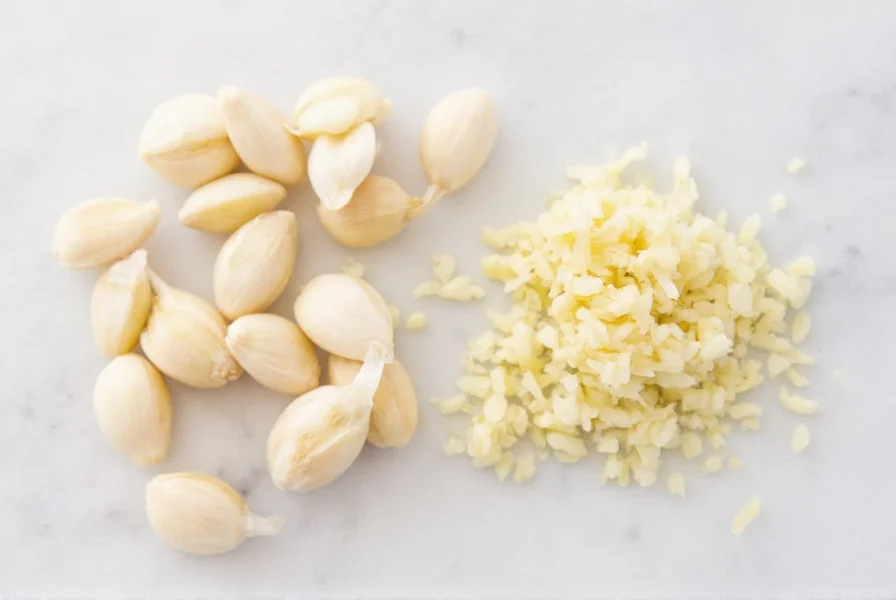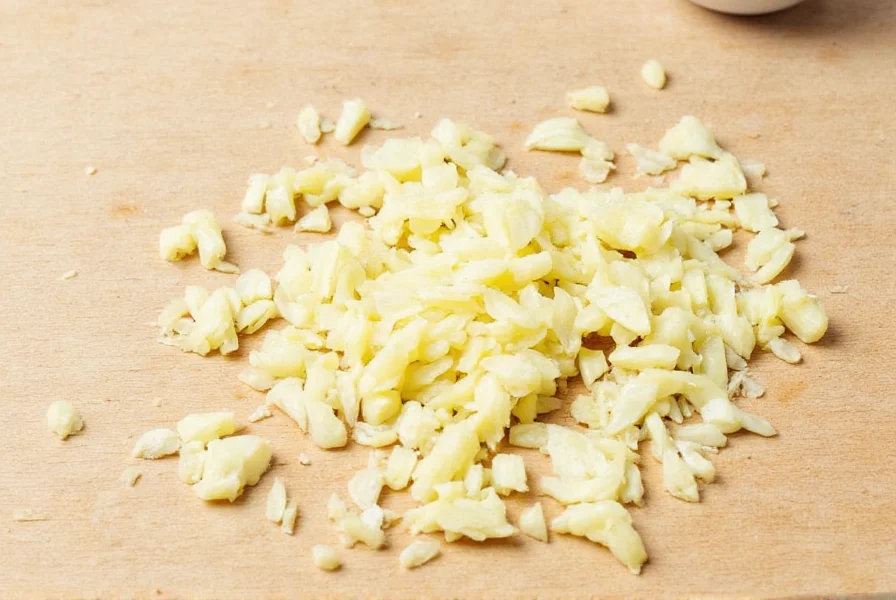Understanding Garlic Measurements in Cooking
Accurate garlic measurements make a significant difference in recipe outcomes. When a recipe specifies two garlic cloves minced, understanding the exact volume helps maintain flavor balance. Many home cooks struggle with this conversion, leading to dishes that are either bland or overpoweringly garlicky.
What Does "Minced" Mean?
Minced garlic refers to garlic that's been cut into very fine pieces, typically 1-2 millimeters in size. Properly minced garlic releases more flavor compounds than chopped garlic while distributing evenly throughout dishes. The texture should be uniform without large chunks or paste-like consistency.
Exact Measurement Guide
Garlic clove size affects the final measurement. Here's a precise conversion chart for different garlic sizes:
| Garlic Size | 1 Clove Minced | 2 Cloves Minced | 3 Cloves Minced |
|---|---|---|---|
| Small (1/2" diameter) | 1/4 teaspoon | 1/2 teaspoon | 3/4 teaspoon |
| Medium (3/4" diameter) | 1/2 teaspoon | 1 teaspoon | 1 1/2 teaspoons |
| Large (1" diameter) | 3/4 teaspoon | 1 1/2 teaspoons | 2 1/4 teaspoons |
Proper Technique for Mincing Garlic
Achieving the correct two garlic cloves minced measurement starts with proper preparation:
- Peel the cloves by placing flat side of knife on clove and pressing firmly
- Remove any green sprouts from center (they can be bitter)
- Slice cloves lengthwise into thin slivers
- Cross-cut slivers into fine pieces
- Rock knife repeatedly over pieces until uniformly minced

Substitution Options When Fresh Garlic Isn't Available
Understanding how much minced garlic equals two cloves helps when using alternatives:
- Jarred minced garlic: 1 teaspoon = 2 fresh cloves (check sodium content)
- Garlic paste: 1/2 teaspoon = 2 fresh cloves
- Garlic powder: 1/4 teaspoon = 2 fresh cloves
- Garlic salt: 1/2 teaspoon = 2 fresh cloves (reduce additional salt)
Remember that preserved garlic products often have different flavor profiles. Jarred garlic tends to be milder, while garlic powder delivers more concentrated flavor. When substituting two garlic cloves minced with powder, start with less and adjust to taste.
Why Precise Measurements Matter
The difference between two garlic cloves minced and three can dramatically alter a dish's flavor profile. Garlic contains volatile compounds that intensify when cut. Proper mincing releases just enough allicin (the compound responsible for garlic's characteristic flavor) without making dishes overpowering.
Chef's tip: For most savory dishes, one medium clove per serving provides ideal flavor balance. When recipes call for two garlic cloves minced for four servings, that's the professional standard for balanced garlic flavor.

Common Measurement Mistakes to Avoid
Many home cooks make these errors when preparing two garlic cloves minced:
- Underestimating volume: Two small cloves won't yield the same as two large cloves
- Over-mincing: Creating garlic paste releases too much allicin, causing bitterness
- Improper storage: Minced garlic oxidizes quickly, changing flavor within 15 minutes
- Ignoring freshness: Older garlic has stronger flavor, requiring less volume
For best results, mince garlic immediately before adding to your dish. If you must prepare ahead, mix minced garlic with a small amount of olive oil to slow oxidation.
Frequently Asked Questions
How much jarred minced garlic equals two fresh cloves?
One teaspoon of jarred minced garlic equals approximately two medium fresh garlic cloves. However, jarred garlic often contains preservatives and may have a milder flavor, so you might need to adjust slightly based on your taste preferences and the specific brand.
Can I use garlic powder instead of two minced cloves?
Yes, substitute 1/4 teaspoon of garlic powder for two minced garlic cloves. Garlic powder is more concentrated, so use less than you would fresh garlic. For best results, mix the powder with a small amount of water to create a paste before adding to your recipe.
Why does my recipe specify minced rather than chopped garlic?
Minced garlic has a finer texture that distributes flavor more evenly throughout dishes. When a recipe calls for two garlic cloves minced specifically, it requires the stronger, more immediate flavor release that comes from smaller pieces. Chopped garlic provides more distinct garlic pieces and a milder overall flavor.
How can I prevent minced garlic from burning?
Add minced garlic during the last 1-2 minutes of cooking for sautéed dishes. Garlic burns at lower temperatures than oil, so add it after other ingredients have partially cooked. For two garlic cloves minced, cook just until fragrant (about 30 seconds) to preserve flavor without bitterness.
Does the size of minced garlic pieces affect flavor intensity?
Absolutely. Finer mince releases more allicin, creating stronger flavor. Two garlic cloves minced to 1mm pieces will taste significantly more potent than the same cloves chopped to 5mm pieces. For subtle garlic flavor, use larger pieces; for pronounced garlic taste, mince finely.











 浙公网安备
33010002000092号
浙公网安备
33010002000092号 浙B2-20120091-4
浙B2-20120091-4